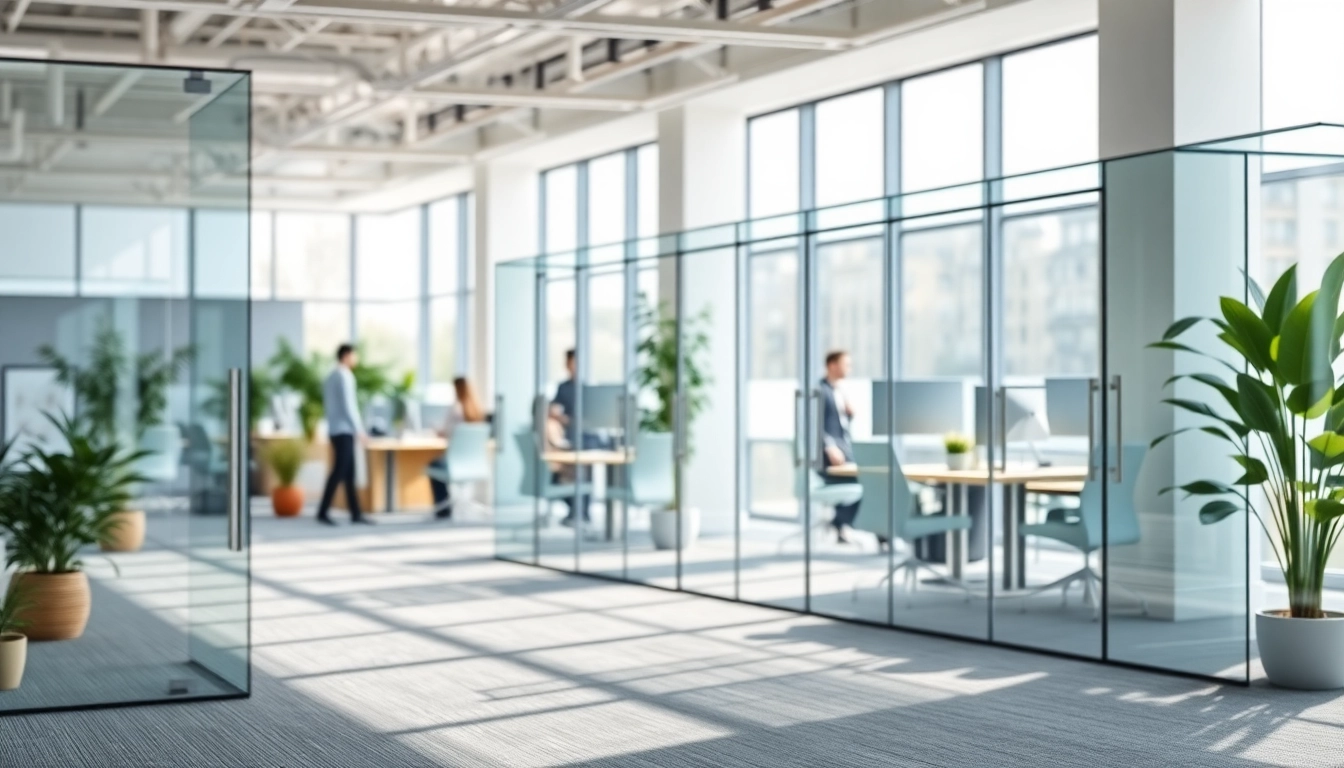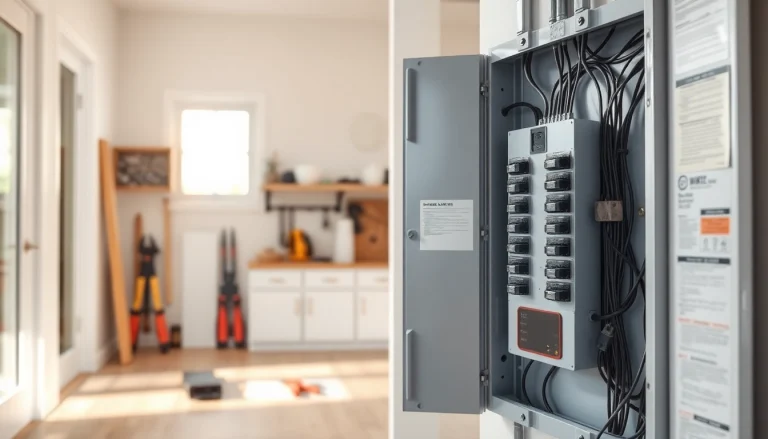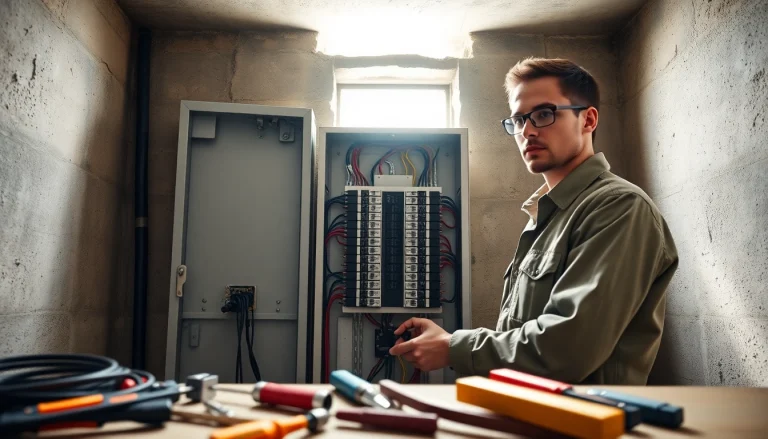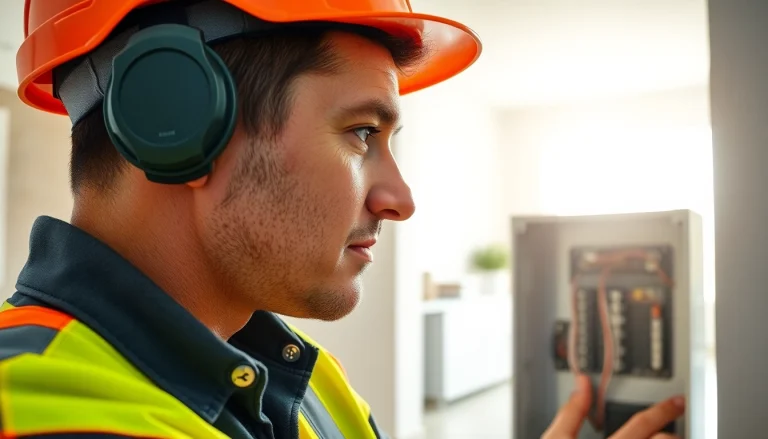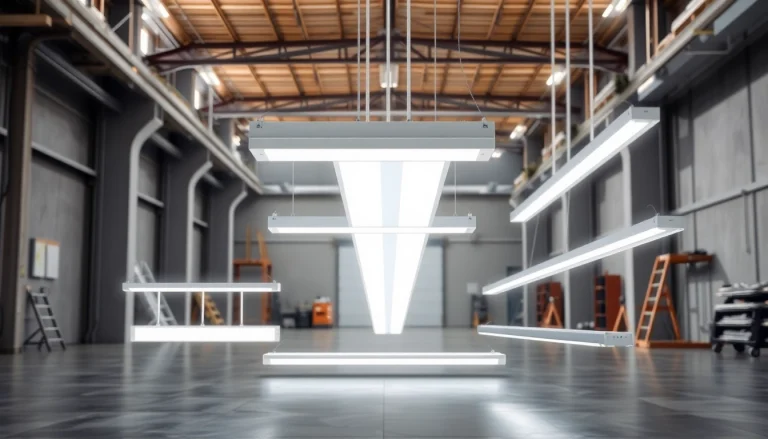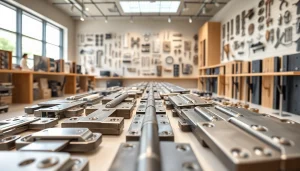Understanding Movable Glass Partitions
Movable glass partitions have emerged as a versatile solution for modern interior design, allowing for the seamless division and utilization of spaces without compromising visibility and light. As more people discover the benefits of flexible spaces, these partitions have become highly sought after in various industries. Whether in corporate environments or residential areas, movable glass partitions offer innovative ways to shape environments for maximum functionality and aesthetics.
What Are Movable Glass Partitions?
Movable glass partitions are non-load-bearing walls that can be repositioned to create different room configurations. They come in various styles, including sliding, folding, or stacking panels, and can be made of clear, frosted, or tinted glass. The technology behind these partitions often involves specialized tracks or systems that make them easy to operate. These systems enable users to adapt their spaces swiftly and efficiently to meet changing needs.
Key Benefits of Using Movable Glass Partitions
Utilizing movable glass partitions comes with a myriad of advantages:
- Flexibility: Easily reconfigure spaces based on needs for meetings, collaboration, or privacy.
- Natural Light: Unlike traditional walls, movable glass partitions allow for greater natural light penetration, creating a bright and inviting environment.
- Sound Control: Many modern systems are designed to provide sound insulation, ensuring that spaces remain quiet when needed.
- Aesthetic Appeal: Glass partitions offer a modern look, enhancing the overall design of any space.
- Cost-Effectiveness: In the long run, the flexibility of these solutions can lead to cost savings by optimizing space usage.
How Movable Glass Partitions Compare to Traditional Walls
Compared to traditional walls, movable glass partitions represent a significant shift towards modernization in design. Traditional walls are static and can limit the functionality of a space, often requiring extensive renovation to modify them. In contrast, movable glass partitions are designed for adaptability, providing a dynamic approach to room management. Additionally, while traditional walls can darken spaces and reduce light flow, glass partitions enhance light diffusion, promoting a healthier and more vibrant environment.
Choosing the Right Movable Glass Partitions for Your Space
Factors to Consider in Selection
When selecting movable glass partitions, several factors must be considered to ensure the best fit for your needs:
- Usage: Determine if the partitions will be used for meeting rooms, collaborative spaces, or public areas.
- Sound Requirements: Choose systems with appropriate sound ratings based on the expected noise levels in and around your space.
- Aesthetic Preferences: Match the design and finish of the glass to the existing decor of the space.
- Budget: Establish a budget that accounts for both initial installation costs and long-term maintenance expenses.
Custom Designs vs. Standard Solutions
While many manufacturers offer standard movable glass partition designs, custom solutions can be tailored to meet specific needs and branding requirements. Custom designs can incorporate unique shapes, sizes, and finishes to match the aesthetics of the space more closely. However, they may come with higher costs and longer lead times. It’s essential to weigh the pros and cons of each to establish which option aligns best with your vision and functionality requirements.
Cost Considerations and Budgeting
The cost of movable glass partitions can vary significantly based on materials, design complexity, and installation requirements. Generally, factors affecting cost include:
- Material Type: Frameless glass systems may be more expensive than those with frames.
- Installation Complexity: Custom installations often require more expertise and thus could increase costs.
- Functionality Features: Additional features like integrated smart technology or soundproofing can raise the price.
To stay within budget, it is advisable to source multiple quotes and understand what is included in each package, ensuring that all potential costs are accounted for.
Installation Process for Movable Glass Partitions
Steps for Professional Installation
Professional installation of movable glass partitions typically involves several key steps:
- Site Assessment: A thorough examination of the installation location to identify any potential challenges.
- Design Agreement: Finalizing the design plans based on client specifications.
- Preparation: Cleaning and preparing the installation area, including any necessary alterations to ensure correct functioning.
- Installation: Professional technicians will install the partition systems according to manufacturer guidelines, ensuring proper fitting and alignment.
- Testing: Once installed, the systems will be tested to confirm that all moving parts function correctly.
- Final Walkthrough: Conducting a walkthrough with the client to ensure satisfaction and address any concerns.
DIY Installation: Is It Feasible?
While DIY installation of movable glass partitions is possible, it is generally recommended to seek professional assistance due to the complexity involved. Incorrect installation can lead to safety issues and may void warranties. Those with experience in home improvement projects may undertake simpler systems, but it is crucial to follow all manufacturer instructions closely.
Maintenance Tips for Longevity
To ensure that movable glass partitions last and function correctly over time, consider these maintenance tips:
- Regular Cleaning: Maintain clarity and aesthetics by regularly cleaning the glass surfaces with appropriate cleaning solutions.
- Check Mechanisms: Periodically examine moving parts to ensure they operate smoothly and without obstruction.
- Address Issues Promptly: Fix any problems, such as misalignment or faulty tracks, immediately to avoid further complications.
Innovative Applications of Movable Glass Partitions
Office Spaces: Creating Collaborative Environments
In office settings, movable glass partitions facilitate collaboration and communication by enabling the quick transformation of spaces. Employees can convert open areas into meeting rooms or breakout spaces as needed, fostering a collaborative work culture. Additionally, these partitions can reduce noise levels during intense focus periods with sound-insulating options.
Retail Displays: Enhancing Customer Experience
In retail environments, movable glass partitions can be strategically used to create dynamic displays that capture customer attention. By adjusting the layout frequently, retailers can showcase different collections or promotions without undertaking extensive renovations. This flexibility not only saves time but also provides an engaging shopping experience.
Residential Uses: Maximizing Space in Modern Homes
Residential applications of movable glass partitions allow homeowners to maximize space in modern living arrangements, particularly in smaller properties. By using glass partitions to define areas without a full wall, homeowners can achieve an open-concept feel, enhancing the perception of space while still providing privacy where needed.
Future Trends in Movable Glass Partition Systems
Smart Technology and Glass Partitions
The integration of smart technology into movable glass partitions is a developing trend. This can include automated systems that allow users to reconfigure spaces with the push of a button or through mobile apps. These innovations will revolutionize how spaces are used and managed, promoting greater efficiency and user experience.
Sustainability in Glass Production
As sustainability becomes more of a priority in construction and design, manufacturers of movable glass partitions are finding ways to produce eco-friendly products. This includes using recycled materials and sustainable manufacturing processes, appealing to environmentally-conscious consumers and businesses alike.
Expectations for Design Innovations
Future designs of movable glass partitions are expected to incorporate more customizable options and aesthetic innovations, such as integrated lighting or decorative finishes. As clients seek more personalized and unique spaces, manufacturers will need to adapt to these changing preferences to remain competitive.
